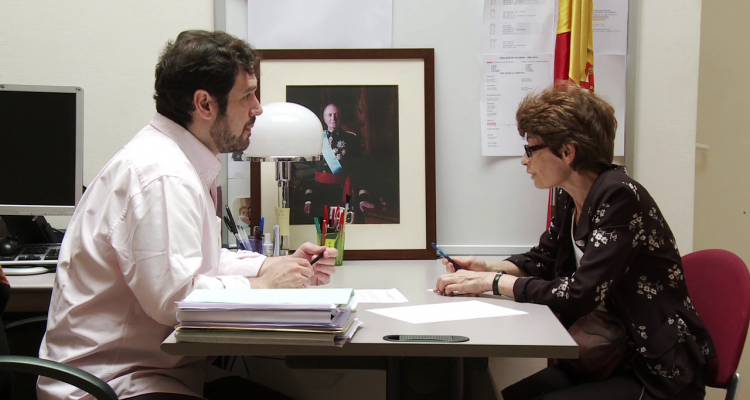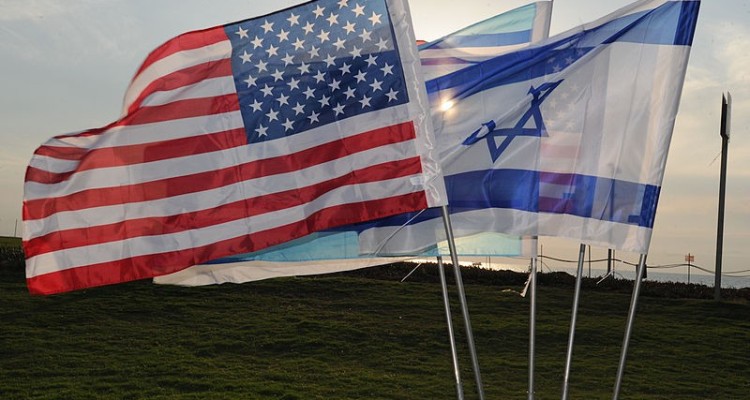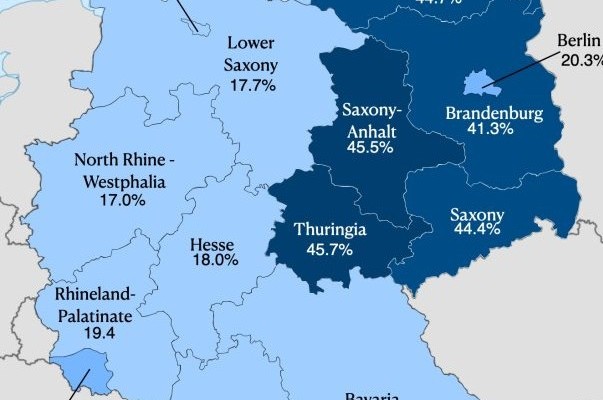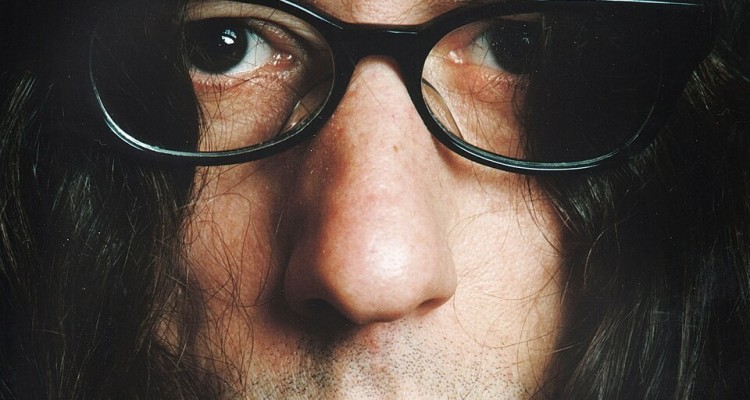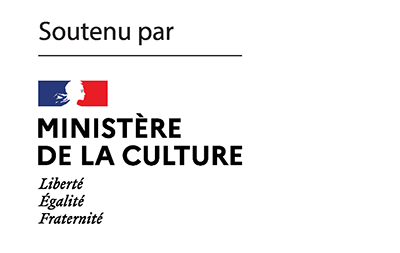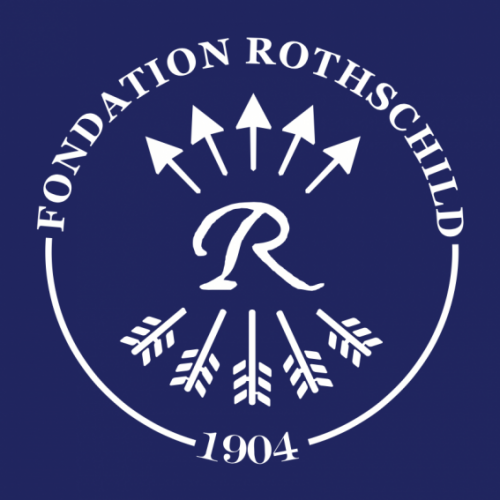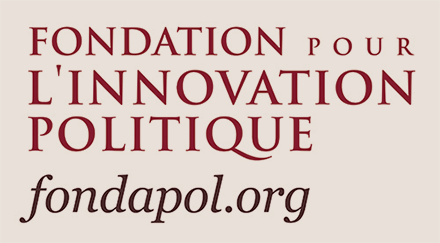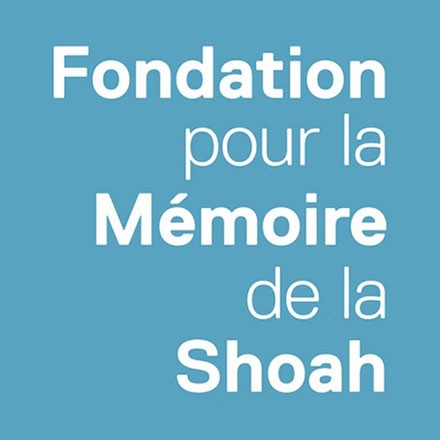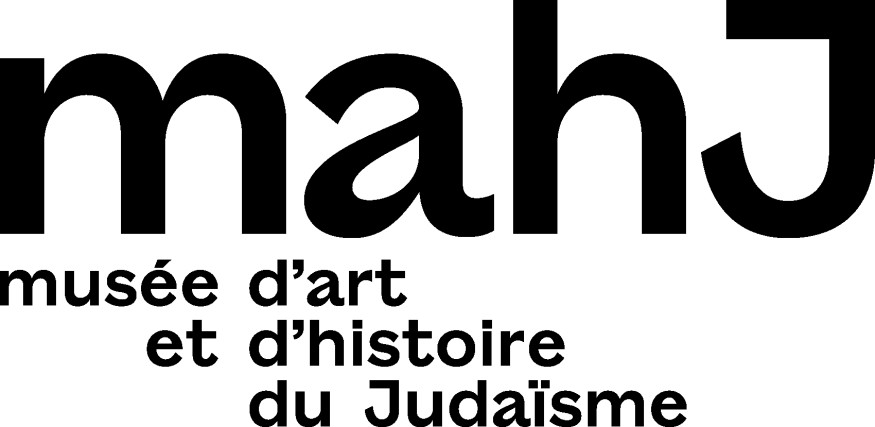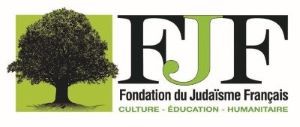A Scottish professor visits the ancient university of Salamanca and its historic library. In a secret room, containing a collection of books banned by the Inquisition, a Torah scroll is preciously preserved. Philip Schlesinger, himself a professor of Cultural Theory at the University of Glasgow, tells a story he heard and his protagonist’s quest to find the traces of the Spanish city’s Jewish past.
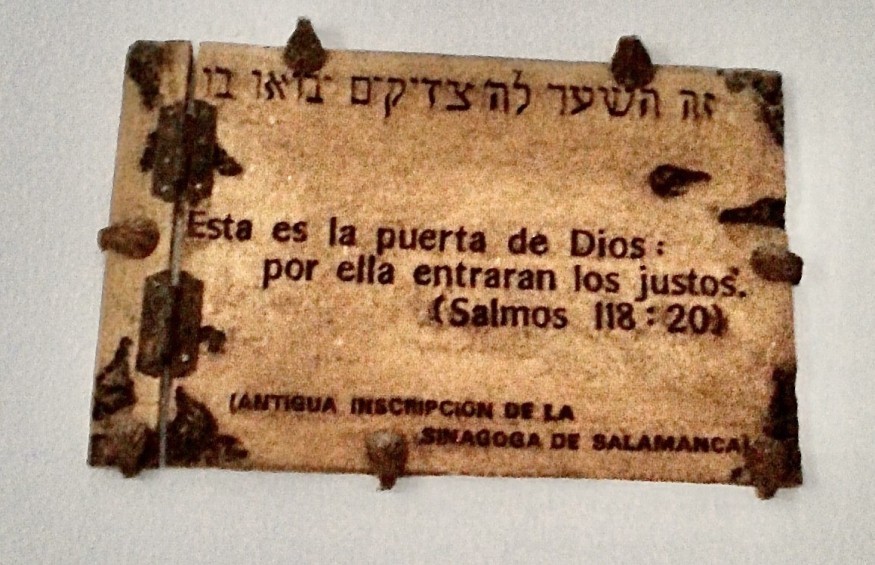
Prologue
In 1901, a group of Jewish immigrants sailed from Riga to Greenock. Abraham Lemontzik, Yiddish speaker and teacher of Hebrew, disembarked. He and his fellow passengers lined up for immigration control. One of his travelling companions was a know-it-all from his village. ‘Abie, give the immigration officers a more British name. What about Adolf Rosenberg? Much easier for them.’
Abie’s turn to register his entry arrived. ‘Your name?’, asked the immigration officer. As he panicked completely, Abie wailed loudly in Yiddish, ‘Oy, shoyn fergessen!’ (‘Oh no, I’ve already forgotten!’). The immigration officer viewed him sceptically. ‘Sure you’re no’ Irish, pal?’ Abie shrugged helplessly. The official carefully entered ‘Séan Fergusson’ in his register. Ever since, the Fergussons have lived in Glasgow and the forename Séan has been kept in the family.
The teller of this tale is a proud Scot, deeply committed to his birthplace, which gave his forebears a home at a time of great need.
I
Fergusson and Rosa arrived in Madrid in late April. It was mid-afternoon when they landed on a bright, sunny day that boded well for their stay. The city’s airport used to be called Barajas. The name was now hyphenated with that of Adolfo Suárez, overseer of Spain’s shift from Francoism to liberal democracy.
At Terminal 1, after collecting their luggage the couple hurried through arrivals and out of the concourse. They quickly found the stance for the bright red Avanzabus to Salamanca. Showing their tickets to the driver, they took their numbered seats. Two and a half hours later the bus turned off the Carretera de Madrid and crossed the River Tormes. The Old and New Cathedrals, twinned for centuries, loomed over the approach to the old city. Their towers defined the skyline, the ethos of the place. Fergusson took in the sight and was impressed. He had arrived. Emails to María had flown back and forth for months about the course he would teach.
María had found a small studio for them. They rented it for ten nights from one of her university colleagues. Off Plaza de Santiago, it was just south of the city wall and north of the river. The studio was neat and simple, and would do for a brief stay. The location was ideal for the short walk to work. Just across the main thoroughfare they could see the modernist façade of the Casa Lis.
On their first night, after dinner it began to rain heavily. The adverse weather persisted. There were intermissions, sometimes for a whole day. When the skies finally cleared to light up Salamanca, they knew why they had come. ‘La Dorada’ was an apt name for the old city’s golden sandstone magnificence.
At the Institute, Fergusson met the small group of Masters students taking his course on culture and memory. He wanted his group to think afresh about their identities, what it meant to have a nationality, what it was to be a European.
Fergusson had delightful colleagues. They took him and Rosa under their wing. On the May 1st public holiday, the two joined María and Pamela on a good-natured demonstration against education cuts. After marching through the city, they went for lunch. On the way to their restaurant they crossed the baroque splendour of the Plaza Mayor, for three centuries the grand heartland of the city’s sociability.
As they strolled through the busy square María pointed and said, ‘Look at that!’ A bas-relief medallion of Franco was settled on the spandrel of one of the arches. The Caudillo’s bust regarded them, undisturbed by Spain’s political transition. In 2007, the Cortes passed the Historical Memory Law. This attempt by the Socialist Government to settle accounts with the years of dictatorship faced stiff resistance from the right and, from the left, met criticism for its lack of radicalism. The Law’s provisions included the removal of symbols of the old regime from public space. In 2012, Franco’s bust was still firmly in place as they crossed the Plaza Mayor. Six years later, it was finally transferred to a museum.
II
Half-way through their visit, Rosa and Fergusson dodged out of the heavy morning rain to visit the Old Library. Fernando had fixed a special tour of the Antigua Librería. They entered the Escuelas Mayores, historic heartland of the University, built in the golden stone of Villamayor. On its façade, the Escuelas’ centrepiece medallion portrayed King Fernando and Queen Isabel. The Catholic Monarchs were the late fifteenth century architects of a purified Christian Spain, purged of Muslims and Jews. One of their key instruments was a reformed, efficient Inquisition.
The Old Library, founded in 1254, was reached through the Escuelas Mayores’ high cloister. The vast room was closed to the general public. Elaborately carved, its twelve rows of bookshelves towered from parquet floor to vaulted ceiling. In the first half of the eighteenth century, the holdings were reorganised by the influential Catholic theologian, writer and librarian, Francisco Pérez Bayer, then Salamanca’s Professor of Hebrew.
Fernando introduced Fergusson to Marcos Maldonado, custodian of the older collections. To his pleasure, Fergusson was greeted as a distinguished visitor. With charm and warmth, Marcos led him to a large table in the centre of the reading room. Rosa and Fernando joined them. ‘When we have foreign visitors’, Marcos explained, ‘We try to find works that will appeal to them. First, as you come from Scotland, here is a copy of Cruttwell’s map of 1799. Second, as a mobile scholar, I thought you would like this tiny tenth-century illuminated Bible, which belonged to an itinerant monk.’
As he perused both map and book Fergusson was touched by Marcos’s thoughtfulness. He came out of his reverie when the librarian said, ‘Now, let me show you our secret room, our sanctum sanctorum.’ Fergusson and the others were led to a corner of the Old Library, where Marcos opened a recessed door. ‘This is where the books banned by the Inquisition have always been kept.’ In the hidden chamber a large collection was shelved behind barred doors.
‘And now,’ said Marcos, ‘I want to show you something else.’ They followed him to the far end of the room. ‘This is the ancient University Chest. As you can see, it has five locks. Whenever it was used, five members of the treasury had to assemble and observe each transaction.’ As he lifted the heavy lid, he remarked, ‘Here’s something really special.’ With a flourish the librarian removed a vellum scroll and placed it on a nearby table.
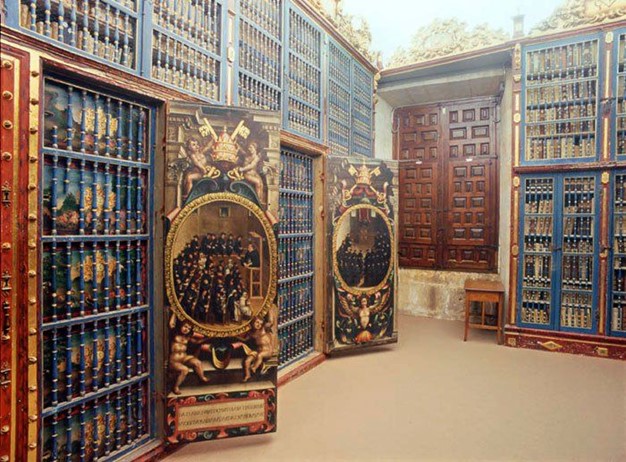
Using its wooden handles, Marcos unrolled a section. With an archly quizzical look he asked Fergusson, ‘Do you know what this is?’ ‘It’s a Torah,’ he replied. ‘Oh,’ exclaimed Marcos. ‘So, you’ve seen one of these before!’ When Marcos opened the scroll, Rosa said, ‘It’s upside down’ and joined by Fergusson, she moved round the table. Fernando observed their change of position with a slight smile. Marcos, looked slightly crestfallen. Fergusson gazed blankly at the Torah. ‘Where did this come from?’ he asked. ‘I don’t know precisely’, said Marcos. He gestured vaguely. ‘But there was a synagogue here in Salamanca. There’s a plaque about it in the Faculty of Mathematics.’
III
After lunch, with a lull in the rainfall, Rosa and Fergusson took in more of the old city. While Rosa visited the public library in the Casa de las Conchas to read up on Spain’s vanished juderías, Fergusson climbed the stairs to the top of the Clericía tower. Ascending the Scala Coeli was meant to bring believers closer to heaven. Determinedly mundane, Fergusson simply enjoyed the panorama of the city’s rooftops, the river and bridges, and the surrounding countryside.
Later, as he met Rosa on Rúa Antigua, Fergusson said, ‘Let’s see that plaque.’ They turned right, down Rúa Mayor, as usual thronged by shoppers and tourists. Suddenly, Fergusson’s gaze was arrested by a once-elegant light sandstone building, whose double entrance was in a Moorish decorative style.
The dark-brown carved door to the right was barred, covered by wrought iron. Above it, in the horseshoe-shaped doorway was an encircled Star of David. The door to the left was wide open for business, giving access to a photocopying shop. The building as a whole was dilapidated, its ground-floor entrances flanked vertically by stout metal posts. These were topped horizontally by girders, forming a crude canopy. The façade was criss-crossed by large wooden beams. As his eye travelled upwards, Fergusson noticed that the arched first-floor windows were part-covered by a wrought-iron canopy, each of whose six rows was topped by a gilded blue Star of David.
They had passed this building several times, noticing nothing. However, since that morning the city-scape had been reframed. They continued quickly along Rúa Mayor, turning right towards Calle de las Mazas, where they passed the Abraham Zacut Library. Fergusson searched his memory to place the name. Zacut, once Professor of Astronomy at the University, was the author of a famous book, first published in Hebrew in 1478. Swiftly translated into Latin, the Almanach Perpetuum found an eager international readership. Further translations followed rapidly because Zacut’s ideas and calculations had revolutionised the accuracy of late fifteenth century navigation. Along with the other Jews who refused to convert, he was expelled from Spain in 1492.
Minutes later, they reached the Mathematics Faculty on Plaza de la Merced where the monastery of the True Cross of the Mercedarians had previously stood. That religious house also had a predecessor, as it was constructed on the former site of one of the three synagogues then located in the Jewish quarter. After 1169, when Salamanca’s Jews first established themselves in the city, they had lived in that area, close to its southern wall, flanked by the Citadel to the west and the Cathedral to the east.
The Jews’ trades, Fergusson later found out, were mostly in handicrafts: quilt-makers, tanners, turners, silversmiths, weavers, shoemakers, and metal workers. There were also moneylenders, butchers, and wine traders. The skilled manufacturers of parchment and vellum among them found a ready market as suppliers to the University. By Zacut’s time in the late fifteenth century, the Jewish community had contracted greatly as successive seizures of property, the imposition of arbitrary taxation, and forced conversion took their toll.
At the Mathematics building Rosa and Fergusson searched for the plaque. Obscurely high on the vestibule wall, it recorded an ancient inscription in Hebrew, also translated into Spanish. The words came from Psalm 118, verse 20: ‘This is the gate of the Lord; the righteous will pass through it.’ The shabby plaque mentioned ‘the synagogue’ but not which one. Fergusson discovered that the Spanish antiquarian and epigrapher, Gil González, had rescued the inscription from complete oblivion; according to him, it came from the doorway of the New Synagogue. González, who lived from 1570 to 1650, must have inspected the site a good century after the Catholic Monarchs’ expulsion of the Jews. Perhaps, thought Fergusson, he had visited the monastery where the former New Synagogue was still used as the monks’ refectory.
IV
The days passed rapidly and their stay was short. Fergusson who taught each afternoon between three and six, had to prepare his talks beforehand in Spanish. So Rosa and he fitted in what joint sight-seeing they could. One morning, they visited the Cathedrals, first entering the New and eventually emerging from the Old. Passing through these conjoined sacred spaces left them with an unsettling sense of travelling backwards in time. Then they lingered in the nearby Casa Lis, absorbed by the museum’s exceptional art nouveau and art deco collections. From there they looked down at their apartment and the Tormes beyond.
As they returned to the main road, the building next to the Casa Lis drew their attention. Each day, they had passed it on the corner of Calle Gibraltar as they walked into the old city. It flew Spain’s national flag and, according to the dull red signage at the entrance, was the General Archive of the Spanish Civil War.
At Franco’s command, the Office of Information and Anti-Communist Propaganda was created in 1937. This initiated the collection throughout Spain of vast quantities of documents which were deposited in Salamanca and used to persecute and repress those considered enemies of the state. Documentation was a key weapon used by the Francoist security services as they swept up freemasons, communists, socialists, liberals, and innocent parties. Only after the transition to democracy did the archive cease to be used for intelligence purposes.
On their last day, Rosa and Fergusson decided to visit the General Archive, a key institution in a state still riven by conflicting memories. They had the place entirely to themselves. The official printed notes they were handed were cryptic and the displays looked very dated. The Archive’s information was unobtrusively hostile to the republicans. Intervention by the Axis powers in favour of the rebels was not mentioned although a lack of support for the Republic by the democracies was. There was no overall narrative to guide viewers of the posters, photographs, and documents. The visitor needed some prior knowledge of the Civil War’s protagonists, the struggle’s international significance, and its later effects on Spanish society as a whole.
Strikingly, pride of place was given to an exhibition about freemasonry, its centre-piece the life-size reconstruction of a masonic lodge in session. According to the notes, freemasons had been repressed and their ideology was subject to counter-propaganda. But the significance of the exhibition was not readily apparent. Rosa and Fergusson were intrigued. Why was the regime so obsessed by freemasons?

On their last night, Fergusson’s colleagues organised an informal dinner at María’s apartment. Fergusson thanked his hosts for their great support and friendship. Once again, he told them, he had been made very welcome in Spain.
V
Back in Glasgow, Rosa and Fergusson resumed their usual routines. Yet their visit to Salamanca left insistent questions. A few weeks after their return, Rosa gave Fergusson a newly-published book – Paul Preston’s The Spanish Holocaust. Fergusson found it hard to read this meticulous catalogue of the cruelty perpetrated by Franco’s regime. The systematic repression and persecution of the vanquished was implacable. There were hundreds of thousands of deaths at the hands of the Francoists, extensive torture and rape, systematic starvation of prisoners, infants seized from their mothers, the flight of half a million refugees, the use of political prisoners as slave labour, and deportations of the regime’s opponents to Nazi camps. Engrossed and disconcerted, Fergusson lamented his earlier ignorance of freemasonry’s role in the conspiratorial imagination still evident in the General Archive.
Paul Preston’s prologue carefully explained he had used the term ‘holocaust’ to reflect the sheer scale of suffering by victims of the regime. He also used it because ‘those who justified the slaughter of innocent Spaniards used an anti-Semitic rhetoric and frequently claimed they had to be exterminated because they were the instruments of a “Jewish-Bolshevik-Masonic” conspiracy.’ For the rebellious opponents of the Republic, the imagined conspiracy was ‘master-minded by Jews, and carried out by Freemasons through left-wing lackeys.’ Fergusson was sickened and shaken.
Once in a while, Rosa and Fergusson talked to some of their friends about the Salamanca Torah. On the surface, it made a neat little tale, apt to produce head-shaking or to confirm existing convictions. Still, Fergusson kept returning to the experience.
An old Jewish scroll was kept in a treasurer’s chest in an ancient library. It must have been important to merit such security, yet strangely its curator claimed to know nothing of its provenance. The scroll was presented to visitors as an intriguing relic, a curio. The spectator was not expected to know what it was. Fergusson did not condemn Marcos, whose performance was so utterly rooted in what he took for granted he simply could not see that any offence might be taken. It was just a tried and tested routine.
Marcos’s vagueness about the Torah’s origin might be seen as a lost memory, a regrettable break in the chain of curatorial transmission. But, Fergusson reflected, it was much more. In truth, it was the outcome of a long process of willed forgetting. After all, a library is an institution that catalogues its holdings. That is its essence. And an ancient library has been doing this for many centuries. It could not be an aberration, therefore, when there was no tale to tell about one of its special holdings. Besides, when curators displayed a text, should they not know which way round it was to be read? ‘Just imagine an ancient Latin or Greek scroll displayed upside-down in a historic library!’, Fergusson muttered. ‘It would be a professional scandal.’
Fergusson often reproached himself for not protesting when Marcos upended the Torah. As the scroll was taken out of the university chest, he had been utterly astonished. In that very instant he could not summon the words needed for a guest to reproach his host. Only later, in one of many imagined re-enactments, he thought he could have said, ‘I know what this is. I too am a curator of a Torah. I know where mine comes from. It is not kept in a chest in a secret room. Instead, it is used by those who see it as holy. That is its purpose: to be read and heard. A curator must not be a jailer.’ Those were the words that came to him now.
Only after Fergusson began to write his account did he ask himself an obvious question. Why was the Salamanca Torah held in a treasure chest in a secret room? Such a deliberate choice symbolically conjoined the Jews’ sacred scroll with the possession of riches. Jews and money, again. Why, of all places, was it stored among the Inquisition’s banned books, in a sinister chamber where the odour of anathema still lingered? That well-honed performance of presenting the scroll as a curio, a relic of a departed tribe, was at root a masterpiece of dissembling. In plain sight, it obscured the fact that the Salamanca Torah was seen as a still-dangerous captive, best confined to an oubliette.
Until, at last, he had truly understood its occult status, Fergusson was surprised that his repeated searches of the Library’s catalogues produced no record of the Torah’s existence. Once, as he chanced upon the announcement of an international scientific conference held in Salamanca, he found a curious rent in the veil of obscurity. Summarising the city’s great attractions, a short paragraph about the University mentioned that among the Library’s ‘priceless treasures is a copy of the Tohá’.
VI
Rosa and Fergusson had been present when the force of history struck them unawares. Now, for the record’s sake he sought the relative fixity of writing because stories transmuted in others’ telling. No doubt, his account could be better told although he could not yet envisage how to do so. He had called a temporary halt, because he thought that for him telling this tale could never be concluded.
As related to Philip Schlesinger in Glasgow, on 1 August 2020.
Philip Schlesinger
Philip Schlesinger is professor in cultural theory at the University of Glasgow. His research on the political sociology of media and culture is cited internationally. His wide-ranging interests also include literary ethnography.
